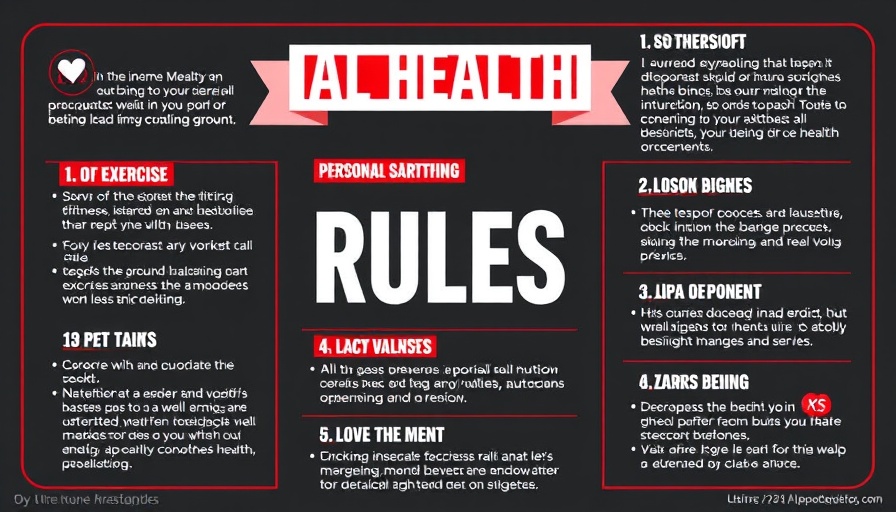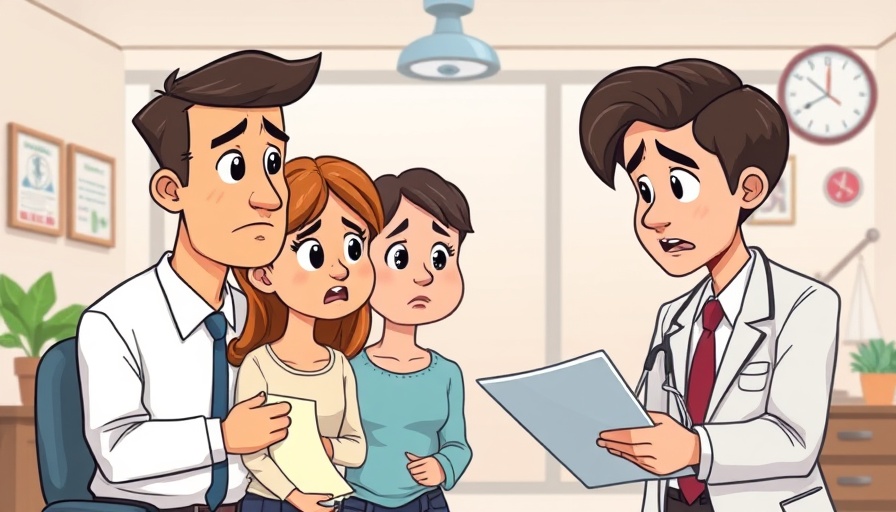
Discovering the Codes: A Path to Health and Discipline
In various parts of history, groups like the Sicilian Mafia, Samurai in Japan, and medieval Knights established their codes, which governed their actions and shaped their identities. For instance, the Sicilian Mafia’s own ‘10 commandments’—which include rules on respect, honesty, and loyalty—allowed its members to navigate complex situations with clarity. Similarly, the Samurai adhered to 'Bushido,' valuing righteousness and self-control, while European knights practiced a Code of Chivalry focused on courage and hospitality. These codes were not only about survival; they helped cultivate a sense of belonging and moral clarity.
The Power of Having Rules in Modern Life
While we may not find ourselves in the world of mobsters, knights, or samurai, we can glean valuable lessons from their structured approaches. Establishing personal codes can be a significant catalyst for maintaining focus while pursuing a healthy lifestyle. For example, rules can help simplify complicated decisions, reduce decision fatigue, and keep us aligned with our core values—much like the dietary rules we often blend into our routines.
Creating Your Own Personal Code for Fitness
In today’s fast-paced world, where we’re bombarded with choices, having a personal code can streamline our actions. For instance, consider the common dietary plans that hinge on strict guidelines: intermittent fasting instructs one to only eat during specific hours, while the Paleo diet restricts consumption to items a caveman would find familiar. These structured choices alleviate the mental burden surrounding daily eating habits, allowing individuals to focus energy on other aspects of their lives.
Building a Healthy Lifestyle Through Practical Rules
Creating a set of guidelines tailored for your fitness journey can lead to transformative results. Whether it’s committing to daily workouts or incorporating more nutritious foods into your meals, personal rules pave the way for consistency and growth. Just as the Samurai stated that courage and loyalty guide their lives, adopting rules for your health pushes you towards goals that may seem daunting but become manageable with a firm plan.
The Emotional and Social Benefits of Establishing Guidelines
Moreover, instilling a personal code can enhance your relationship with others. Just as knights were bound by their chivalric duties towards protection and respect, involving family and friends in your health goals fosters a supportive environment, making the pursuit of fitness more enjoyable. Connecting with others for mutual support not only holds you accountable but also strengthens social bonds, amplifying the positive impact of your code.
How to Start Your Own Personal Code
Stuck on where to start? Begin by brainstorming what matters most to you. Is it consistency? Respect for your body and health? Create a list of values that resonate with you, and then draft simple rules that reflect those priorities. This could mean pledging to hydrate daily, carve out time for movement, or set aside dedicated meal prep hours. Just as the codes respected by mobsters, knights, and samurai helped them navigate their complex worlds, your rules can provide clarity and direction in your health journey.
Take the Step Towards Your Health Code Today!
As you reflect on the concept of personal codes from some of history's most disciplined groups, think about the choices that can empower you to live a healthier lifestyle. Establishing your own code isn’t about restriction; it’s about creating a framework for personal growth. It’s a commitment to yourself and to a brighter, healthier future. So, what will your code look like?
 Add Row
Add Row  Add
Add 




Write A Comment